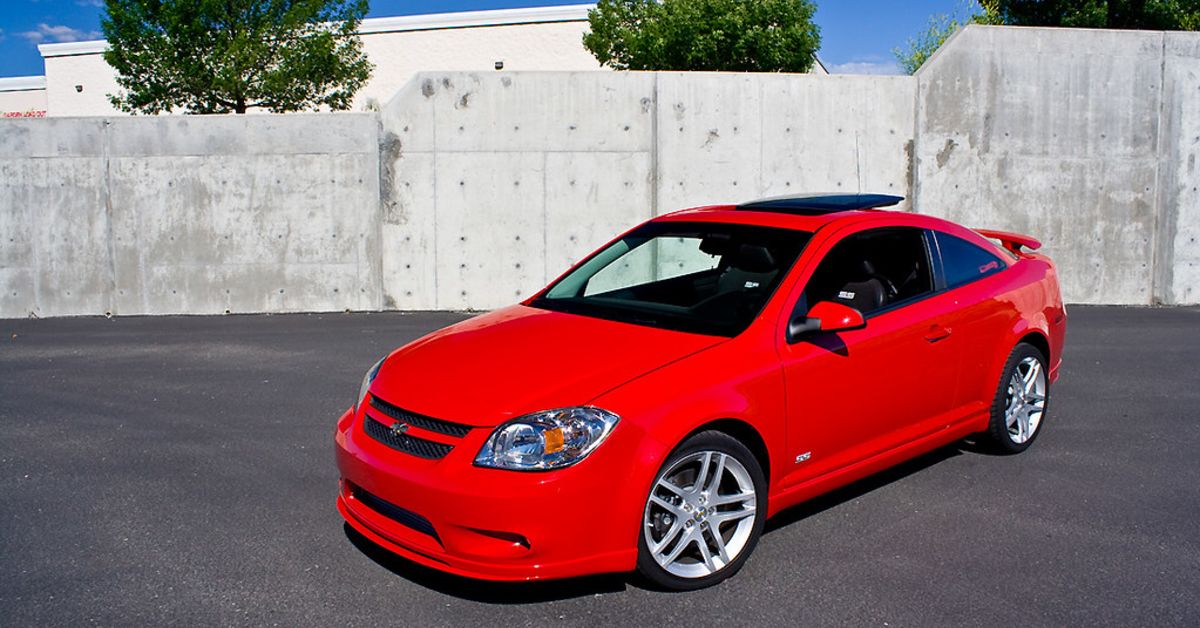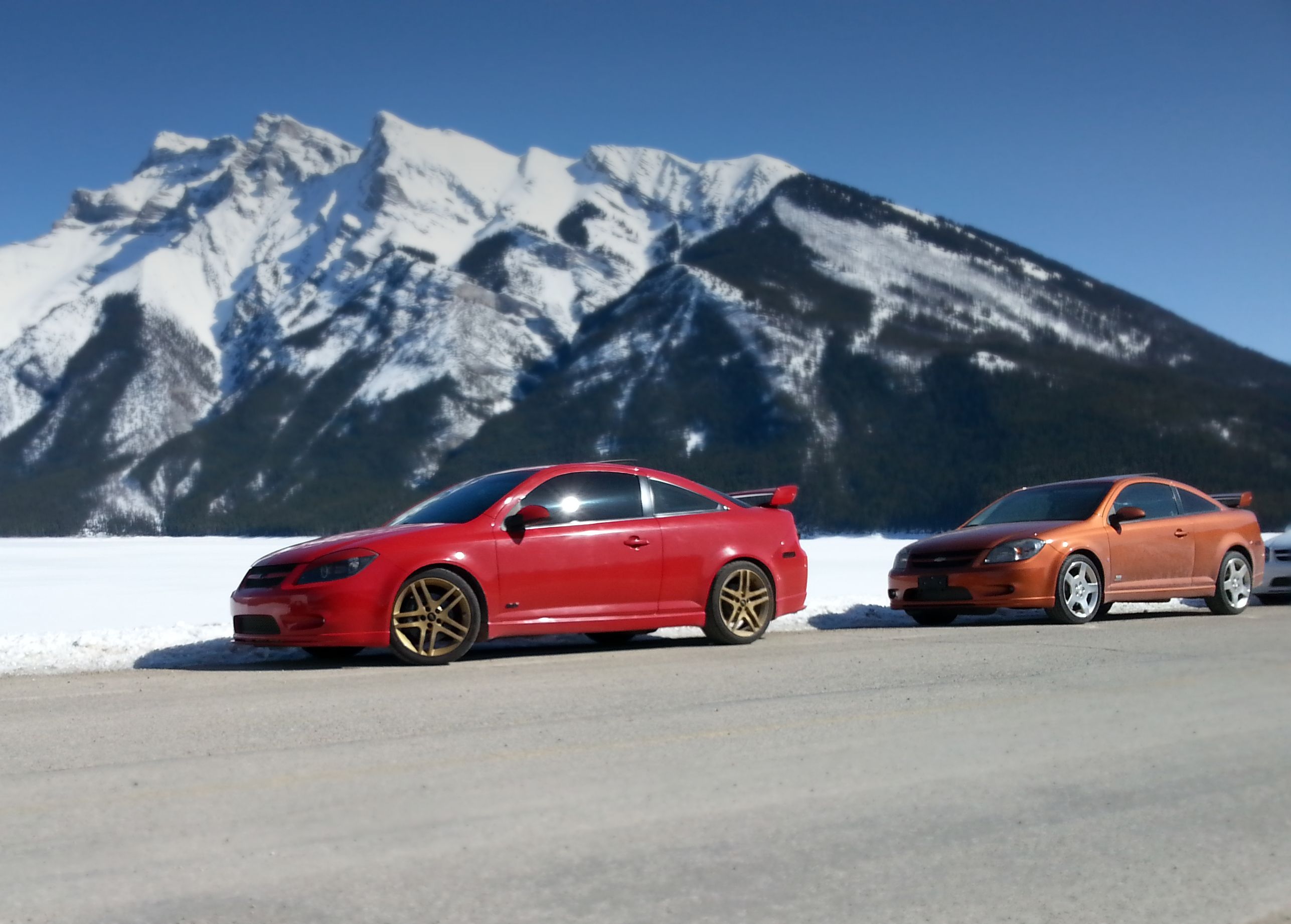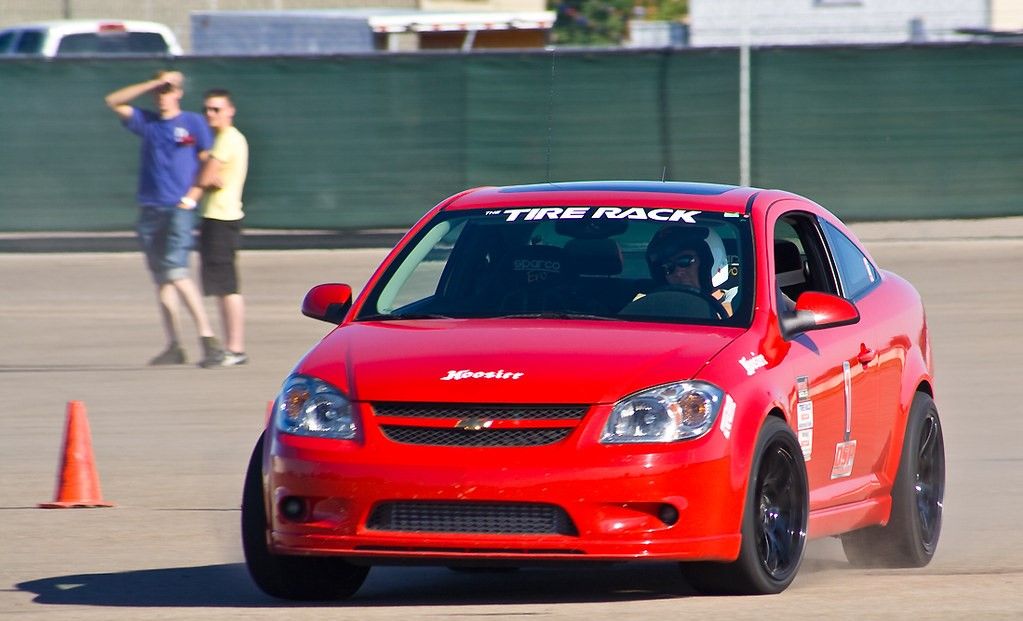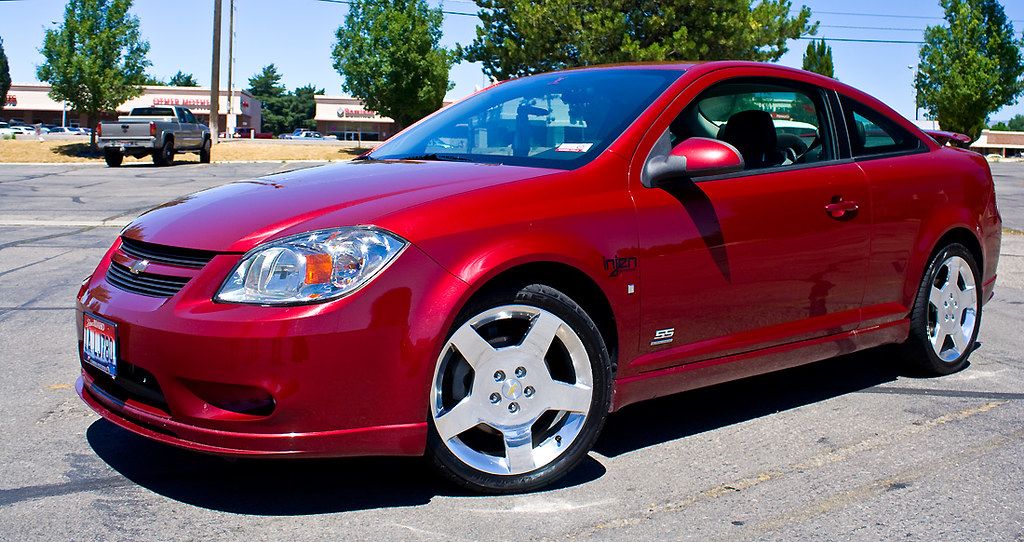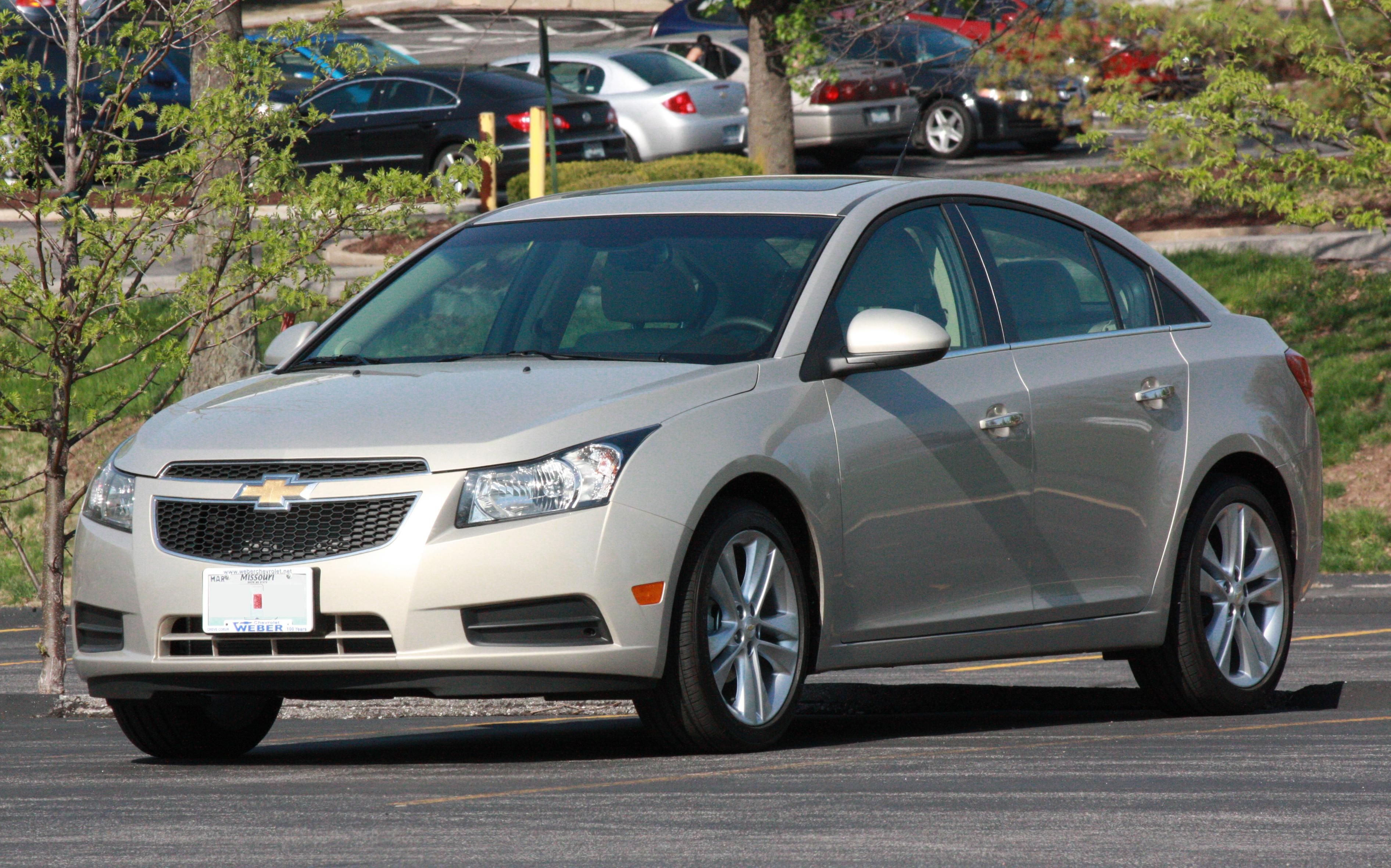The mid-2000s were an "interesting" time in our history. Skinny jeans were a hot fashion trend, Razor Scooter and Heelys were the go-to mode of transportation for kids and teens alike, and we all ate out food off of ZooPal plates. While all of these fads and trends have gradually been phased out, there is one that came from this era that is still going strong today: The rebirth of the tuner car.
Thanks to movies like Fast and the Furious (especially Tokyo Drift), people began to gain an interest in modifying their cars just as if it was the '90s again. This time around, however, it wasn't just teens customizing their Honda Civics. Cars like that of the Mitsubishi Evolution and Subaru Impreza STI were finally introduced to the American automotive market. As a result, America's passion for tuner-style cars was once again rekindled.
Eventually, American car companies became interested in the tuner car craze and wanted a piece of the action. To accomplish this, vehicle manufacturers began to sell tuned cars straight from the factory. Best of all, they made their cars easily tunable, just in case you wanted more power. Almost every car manufacturer at the time decided to participate and throw their hat in the ring, and Chevrolet was no different. Their contender was called the Chevy Cobalt SS.
Let's take a closer look at this American tuner car from the same decade that brought us Crocs.
It Was A Sportscar Through and Through
Throughout the mid-2000s, the Cobalt SS saw quite a variety of engines underneath its hood. At first, the SS was merely an appearance package that still maintained its asthmatic 2.4 L naturally aspirated engine. Next came a supercharged version which was definitely a step in the right direction. Then finally, in 2008, the creme de la creme rendition arrived. This time around, the Cobalt SS would proudly sport a 2.0 L turbocharged Ecotec engine.
This engine variant provided its occupants with a whopping 260 horsepower to work with. Better yet, Chevy dealers would allow you to get a stage one kit straight from the dealership if you so pleased. Bolting these parts on would get you an extra 30 ponies, leaving you only ten horses away from 300 horsepower (not bad for what started as an eco-box). All of this power was transferred to only the front two-wheel via a 5-speed manual transmission.
From a standstill, the car could reach 60 miles an hour in around 5.5 seconds. Better yet, the car even came with a little bit of pedigree via a run around the Nurburgring. At the time, the car was able to circumnavigate the track in a mere eight and a half minutes. At the time, this accomplishment made the Cobalt SS the fastest front-wheel drive car in the world! Surely, this was something that many Cobalt owners liked to talk about at their car meets.
The Interior Was Definitely A Product Of The Times
Unfortunately, the Cobalt SS was not able to escape all of the bad things that have become associated with mid-2000s American vehicles. The car itself was rather cheaply assembled, and this was made obvious when observing the interior. Inside, the dashboard, door panels, entertainment system, and practically everything else, was made up of cheap plastics.
Not everything was bad, though, as there were indeed some nice touches. Most notably, the car did feature a boost gauge on the A-pillar of the car. Additionally, there were some sporty-looking suede racing seats; albeit, they weren't exactly the comfiest things to sit in for long periods of time. Overall though, these thoughtful features gave the Cobalt SS a modified feel, which is exactly what people wanted at the time.
Sadly, Chevy Never Hopped Back Into The Tuner Game
Sadly, Chevy basically gave up its participation in the tuner car craze and replaced the Cobalt in 2010 with the very uninspiring Chevy Cruze. Despite there being plenty of hope and pleas for Chevy to create a Cruze SS, sadly, this never materialized. Instead, Chevy would go on to develop its reincarnated Camero and try to take on Ford's Mustang and Dodge's Challenger.
Regardless of the fact that the Cobalt was discontinued over 11 years ago, the car is still faster and more powerful than many similar cars of today (for example, the 2021 Golf GTI only comes with 228 horsepower). As a result of this, the car is still heavily sought after by plenty of enthusiasts; thus, making it quite an affordable classic. There are even a lot of modern kit cars (like the one featured below) that are being built today that are based on the chassis and power unit of a Cobalt SS.
So, next time you're in the market for a quick, affordable, and slightly exclusive used tuner car, be sure to consider a turbocharged Cobalt SS!

